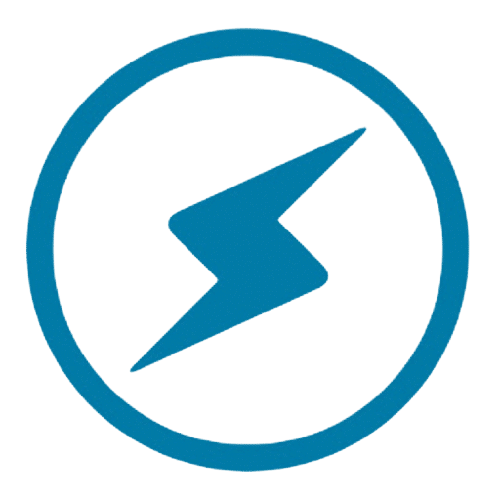
Coaching the team on applying MAA and LDT to real client projects.
Why Good Intentions Aren’t Enough
Most agency owners start with the best intentions. They want to serve clients well, learn fast, and make an impact. But, good intentions don’t move the needle.
In our team calls, apprentices like Luke Crowson, Alex Makowski, and Jack Wendt quickly learned that being “busy” isn’t the same as making progress. You can’t work your way out of chaos, you have to systematize your way through it. The difference between motion and momentum comes down to using proven frameworks: MAA, GCT, CID, DDD, and LDT.
These five triangles keep you focused, aligned, and accountable, turning well-meaning effort into real-world results.
Use MAA to See Clearly
The first triangle in our 9 Triangles Framework is MAA, which stands for Metrics, Analysis, Action.
When you feel overwhelmed, don’t guess, measure. Metrics expose what’s really happening. Analysis reveals why. Action changes the outcome. Then, you repeat the cycle every week.
MAA Breakdown:
- Metrics: Track what matters, calls, leads, campaigns launched, hours invested.
- Analysis: Ask what the data means. Where are results really coming from? What’s slowing you down?
- Action: Make one change based on what you learned. Test it for a week. Then, start a new cycle.
Each MAA loop builds momentum. Over time, the work gets smoother and smoother work gets faster. As I will remind you, slow makes smooth, and smooth makes fast.
👉 Learn how to run your own MAA cycles: How to Do MAA Like a Pro
GCT Keeps You Aligned With Your Goal
The second triangle is GCT—Goals, Content, Targeting.
Every task should align with a clear goal, be supported by the right content, and reach the right audience. Without this alignment, you end up creating noise instead of progress.
Ask these before starting any project:
- Goal: What problem am I solving—leads, awareness, or education?
- Content: Does what I’m creating directly support that goal?
- Targeting: Who needs to see it, and how will it reach them?
Following GCT makes you a professional. Prescription before diagnosis is malpractice.
Marketers should act like doctors: diagnose before prescribing. Clients want confidence backed by data and expertise.
For deeper alignment, pair GCT with a Quick Audit to verify what’s working before you act.
CID and DDD Keep Teams Moving
When working with others, communication and accountability make or break progress.
The CID triangle—Communicate, Iterate, Delegate, keeps collaboration alive:
- Communicate: Share what you’re doing, even if you’re stuck. Silence kills projects.
- Iterate: Don’t wait for perfect. Make small, visible improvements daily.
- Delegate: Pass work forward when someone else can do it faster or better.
Jack, one of our apprentices, overcame paralysis by implementing Inbox Zero and time-blocking his day. By structuring time for communication, execution, and learning, he cleared mental clutter and moved from reactive to proactive.
The DDD triangle—Do, Delegate, Delete, complements CID by forcing decisions:
When a task comes in, either do it now, delegate it, or delete it. Marking things as “later” is just procrastination in disguise.
When you combine CID and DDD, projects stop stalling and start progressing.
Learn, Do, Teach: The Ultimate Growth Loop
The LDT triangle—Learn, Do, Teach, is the foundation of mastery.
You learn new skills, apply them through real work, and then teach others. That teaching process is what transforms understanding into leadership.
Competence makes speed possible. Marco Sipilä’s ability to execute campaigns quickly isn’t because he’s rushing, it’s because he’s mastered the fundamentals.
Luke and Alex are learning the same lesson. Early on, learning takes more time than doing. But as you build competence, the work becomes automatic and that’s when the results start compounding.
Each lesson you teach strengthens your authority. Every time you document a process, you create training for the next person. That’s how teams scale without chaos.
Practical Steps to Bring Order to Chaos
- Time-block your day. Dedicate specific hours for focused work, communication, and review. Jack’s “inbox zero” block alone tripled his efficiency.
- Run your weekly MAA. Write down your metrics, analyze your results, choose one action to improve, and repeat weekly.
- Use GCT before creating anything. Define your goal, build content that supports it, and verify your target audience.
- Communicate daily and delegate wisely. Let your team know where you’re at. Pass on what others can finish faster.
- Teach what you’ve learned. Record a video, write a short post, or create a walkthrough. Teaching forces clarity and builds credibility.
From Intention to Execution
Good intentions mean nothing without execution.
When Luke realized he was working hard, but not moving forward, he learned that structure beats willpower. MAA revealed what mattered most. GCT focused his output. CID and DDD kept his collaboration tight. LDT will turn his struggles into leadership.
You have everything you need to win. The only thing holding you back is you.
At BlitzMetrics, we don’t glorify “busy.” We glorify results. Good intentions are a start, but frameworks are what finish the job.
If you’re ready to move from intention to execution, start by running your own Quick Audit and amplify what works using the Dollar a Day strategy.
Small, focused action, repeated weekly, is how good intentions turn into real success.
Related Resources
